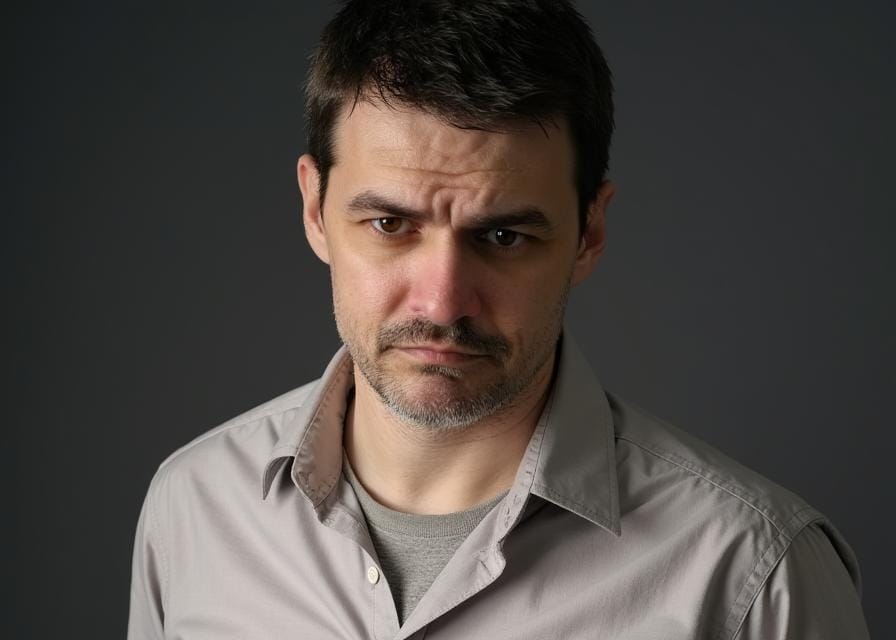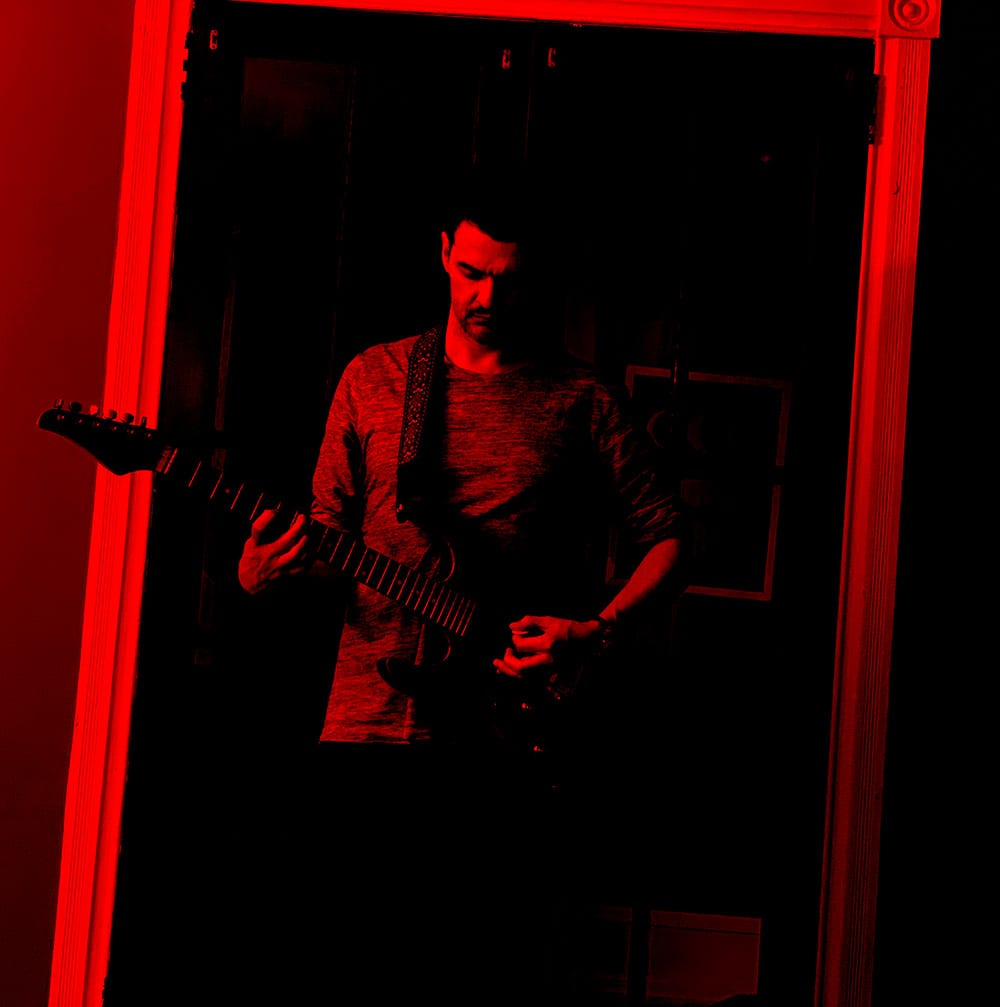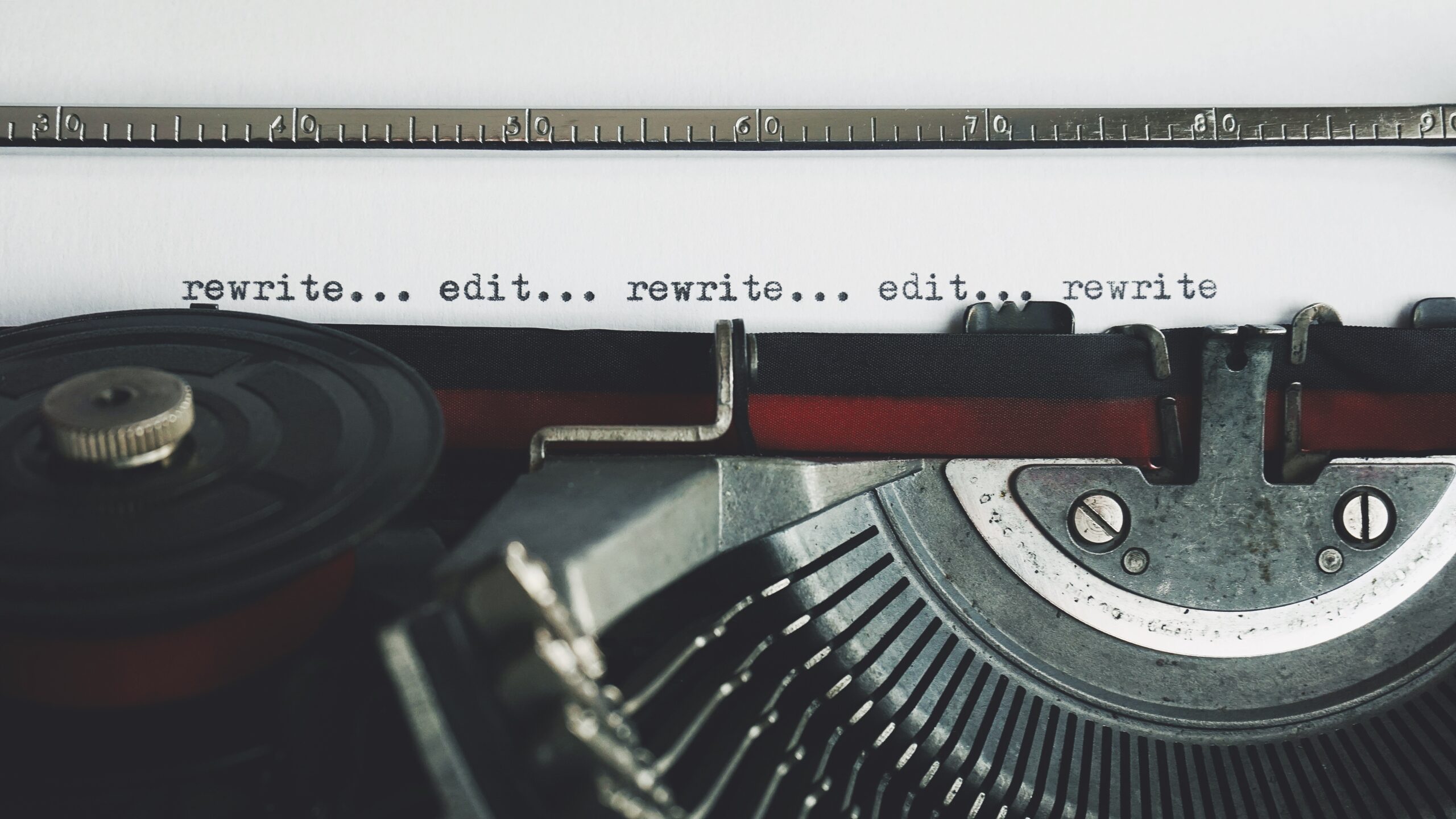Experimental Music
The Transient
A sonic companion to the final chapter of Dane's surreal memoir "Deathbed Revelations."
Learn MoreCreative Grimoire is a creative project by author and musician Dane Clark Collins—a convergence of horror & sci-fantasy writing, experimental psychedelic music, articles on mysticism and creativity, and innovative creative tools.


A complete anthology of dark tales featuring four haunting stories. Available in both print and digital formats.
Stories Included:
Experimental Music
A sonic companion to the final chapter of Dane's surreal memoir "Deathbed Revelations."
Learn MoreTransmedia Horror Fiction + Album
A man's recurring nightmares of a relentless wraith affect his waking life, pushing him toward a terrifying confrontation.
Learn MoreCreative App
The ultimate science-based guitar practice app with spaced repetition to learn the fretboard quickly.
Learn More
Will AI make people more lonely and less fulfilled? Are the benefits we'll gain from AI worth what humanity will lose?

Struggling with editing? This article provides an algorithm to help you kill your darlings, learn how to edit, and reduce overwhelm.

Learn any skill faster using strategies employed by top learners and performers across various fields. These are all principles that have served me well in my own practice.
Stories That Live in Multiple Realms